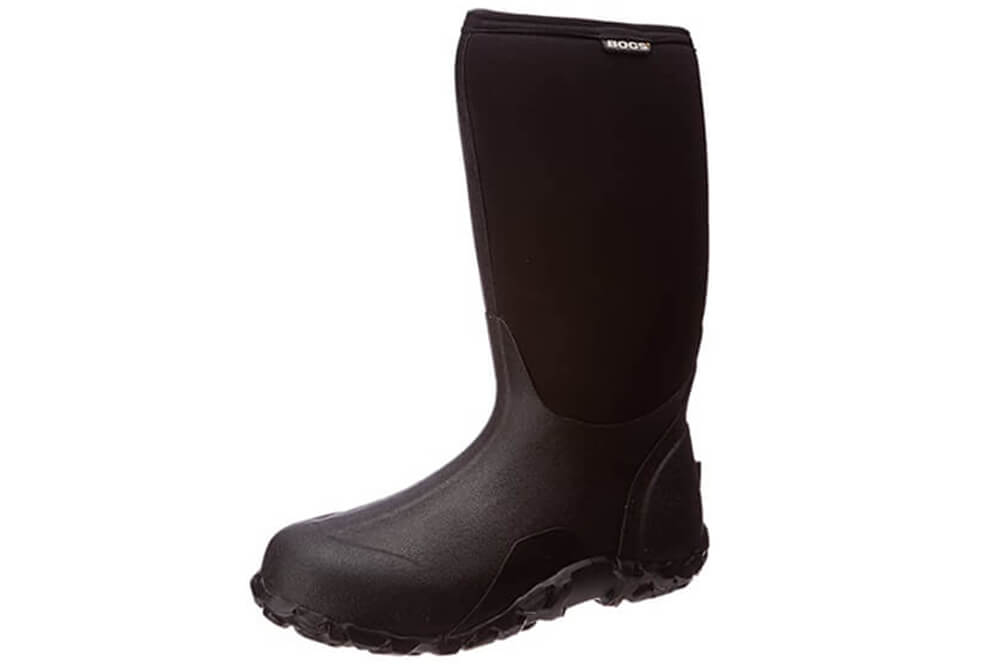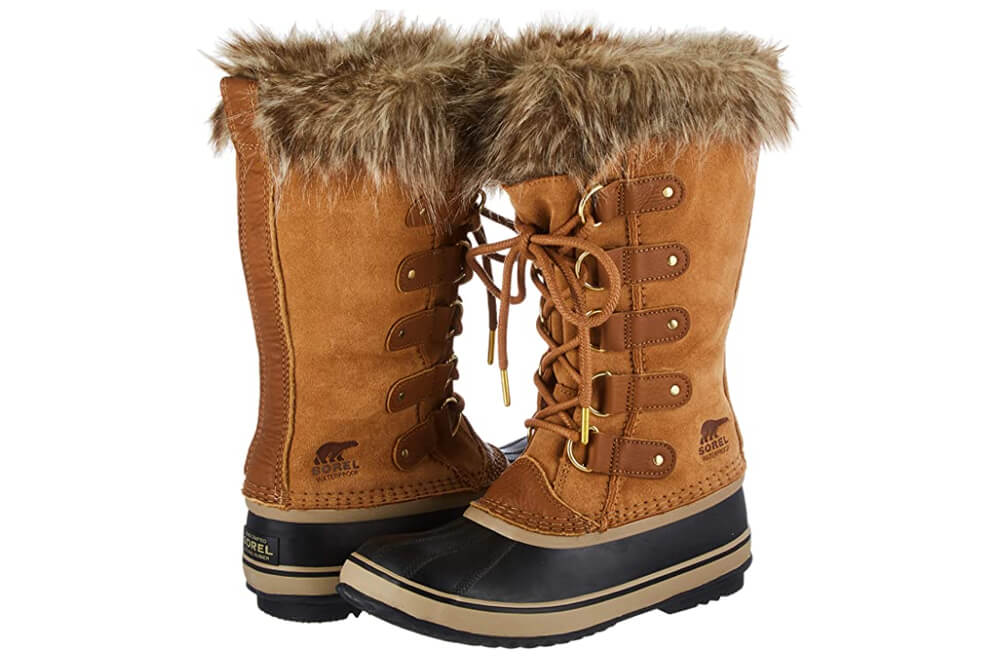So your one of either two people, firstly you studied hard throughout high school and then university. You graduated with top honors with a degree in Environmental Science and have now been chosen for a study expedition.
Or two, you’ve just paid for that once in a lifetime trip to the coldest, driest and windiest continent on Earth. And now you have to pack for it.
But before you go on that shopping spree and buy the newest, high tech expedition boot on the market. Read on as we will present a few features you’ll need to consider before you spend your hard-earned money.
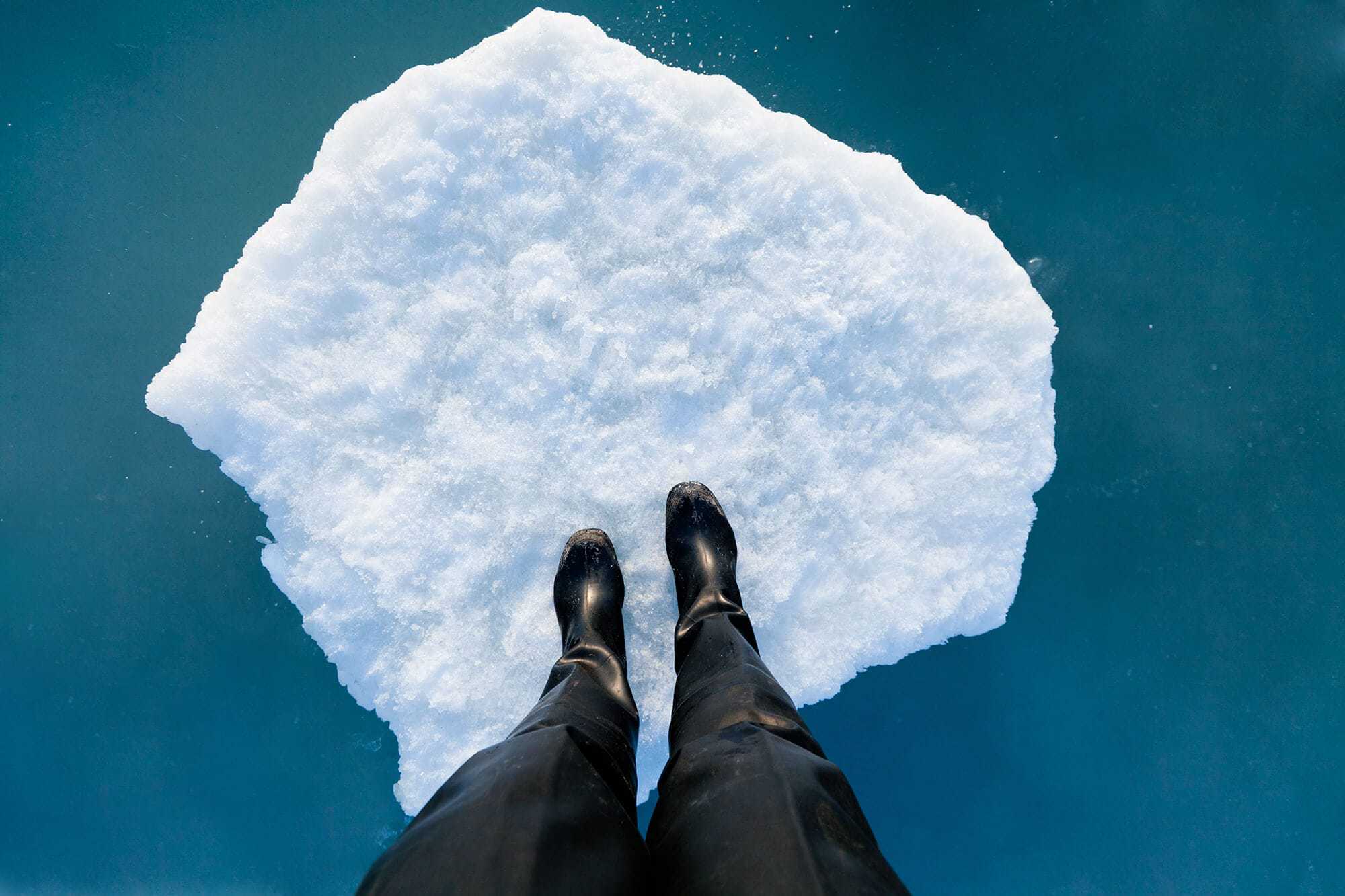
Expedition boots are not your run of the mill hiking or gumboots.
Hiking boots. Now, you don’t need these for your journey to Antarctica. Why you might ask? Well you can tell in the name, these boots are made for hiking.
If you find yourself hiking remote destinations in Antarctica, your either in for a cold awakening or have lost your path and are in grave danger.
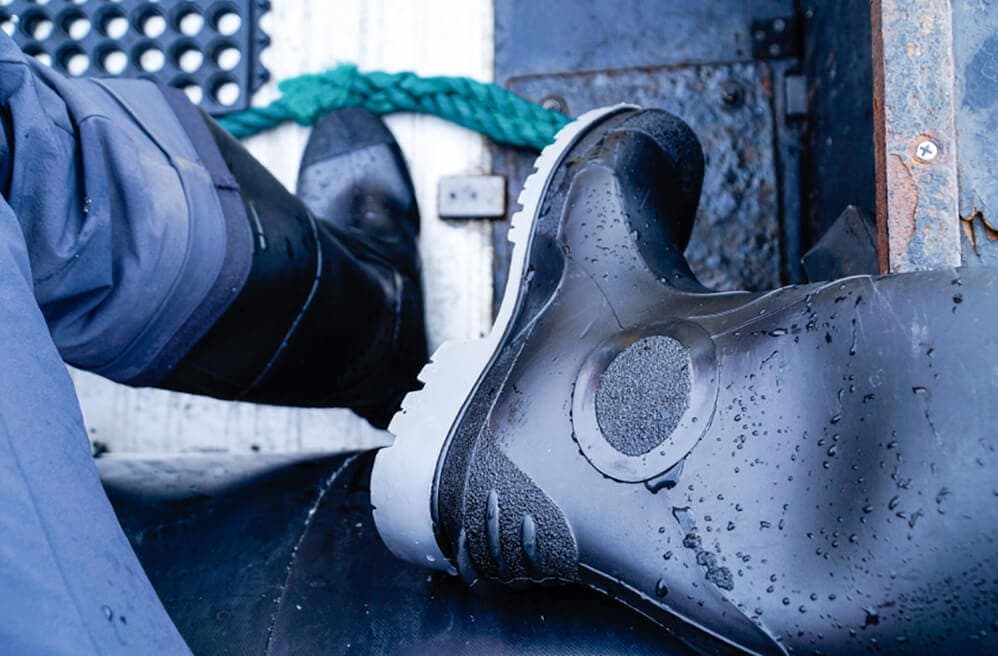
You might be wondering about Wellingtons or rubber boots aka gumboots or those big Sorrell’s snow boots. Those are great, feel free to bring them, and they make great foot protectors to commute in and around your cabin or a boat.
You may also want to double-check if it’s necessary to bring a pair because most cruise ships will give you waterproof boots.
Bogs Men’s Classic High Waterproof Insulated Rain Boot
A minimal design with maximum tread
By Bogs
Classic rubber wellington style boots usually come with a form-fitting upper and a treaded sole for stability when walking through wet conditions. These waterproof rubber boots are sure to keep your feet warm, and they’ll keep you comfortable when you go for walks, they breath easily, and look great too!
Free shoes, for your time in specific locations.
Not to go too far off-topic, but the main reason the boat you cruise in or the cabin you stay at in Antarctica may hand out some gumboots to borrow is mostly for ATO environmental regulations.
They want to control the cleanliness of the shoes and foot traffic going on and off the ship.
If your lucky your Antarctic cruise may even give you a windbreaker jacket to keep. They gave us boots for the duration of the stay and we also scored a jacket.
While your here, make sure to add these cold weather items to your packing list
- Hiking boots, a good quality layer boot of course we will get to this later
- An all purpose neck gaiter, the most affordable item here that provides the best relief
- Warm thick socks, two pairs merino is the way to go, the barrier between your feet and boots
- Waterproof pants, there is a lot of water in Antarctica, and the cold weather will make sure you do get wet and you will need this solution for it
Hiking boots are made for wear and tear hot weather, but expedition boots are made as a barrier.
When you hike, your feet are going to sweat, most modern hiking boots feature wicking technology to keep your feet fresh.
The thing I found that differentiates hiking boots with expedition boots when researching for this topic is that Expedition boots promote perspiration and sweat.
Boots for cold climates are made to retain heat, and keep your feet uncomfortably warm.
So what boots should you look at purchasing for your trip to Antarctica?
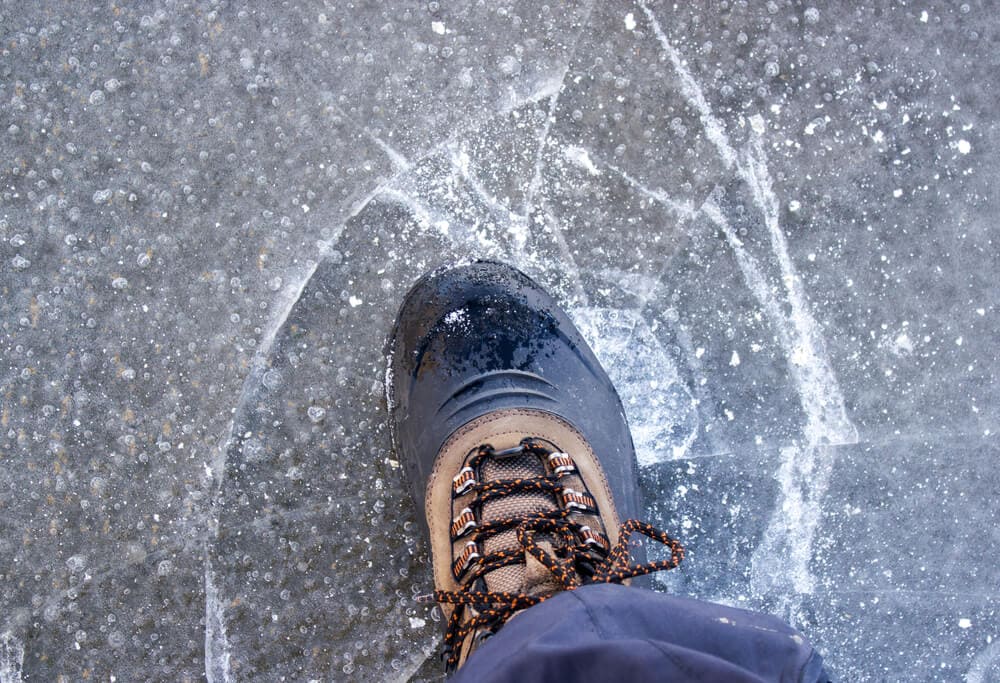
It can be that difficult to figure which boots to wear in Antarctica. But here’s where it gets interesting, and my best piece of advice.
If you do have a bit of time before your expedition, I highly suggest with all shoes and boots you intend to buy is to go out and physically inspect the boot. This might seem elementary right?
Hold, touch, handle, and even try them on. I’ll often at times (when I have the finance to support the venture) buy a few pairs of boots and trial them out on a test run hike in an environment that’s imitates what im going to be facing in Antarctica.
Women’s Joan of Arctic Waterproof Insulated Winter Boot
soft armour for your legs and feet
By SOREL
With its sleek design and comfortable fit, Joan extreme cold weather boots are ideal for cold weather adventures. lThese ined rubber boots feature water resistant suede, a seam sealed waterproof design, and a Rubber Sole for Grip so it’s no wonder it has become one of Sorel’s most popular normal clothes toed shoes!
Norwegian boot expedition boot
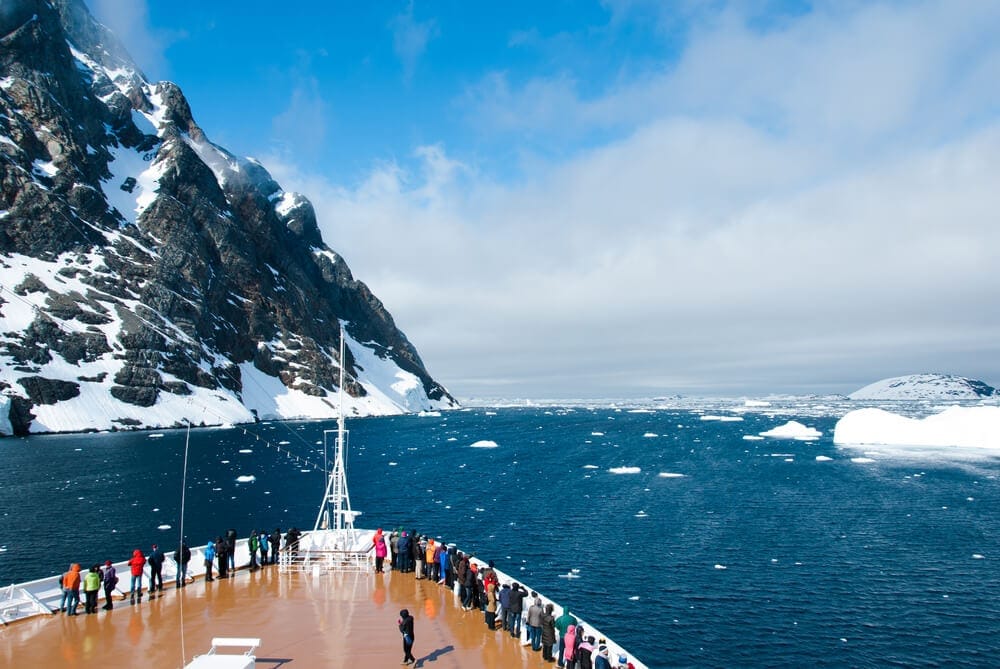
I’ve gone through many, many different iterations of boots in twelve years of expeditions. Early on, I used a Norwegian boot, which is proper old school.
They are made from Cordura Canvas and feature a big wool liner and can be quite flexible. They use an older style of three-pin binding, and you can see the three little holes in the front.
As mentioned, they are a vintage style cold-weather boot, reasonably warm, but if you are going to wear these you’ll need to test them thoroughly first as they weigh a ton.
Double layered boot
After having used the Norwegian on a few Expeditions I then switched to using a double-layered boot.
These also seem to have a timeless shelf-life with some of the most popular models from 2004 still being used today. The ones I purchase are custom Made.
They feature a shiny synthetic inner boot that goes inside it’s Canvas outer. This setup makes it an incredibly cumbersome boot but on a positive gives it top marks in protection and wind resistance.
That being said, they are still a lot lighter than the old Norwegian boots and a lot warmer.
These boots do have some flaws, especially the outer layer on long trips. They seem to flex and bend around the arch far too much, giving the user less confidence in foot placement on the terrain.
Also, the components do not seem consistent in some areas, the boots are rigid and stable in areas you would come to expect, but in other areas that give too much flex, and the biggest downside is that the boot visibly gets worn out faster than the average boot.
Durability should be held in high regard over comfort.
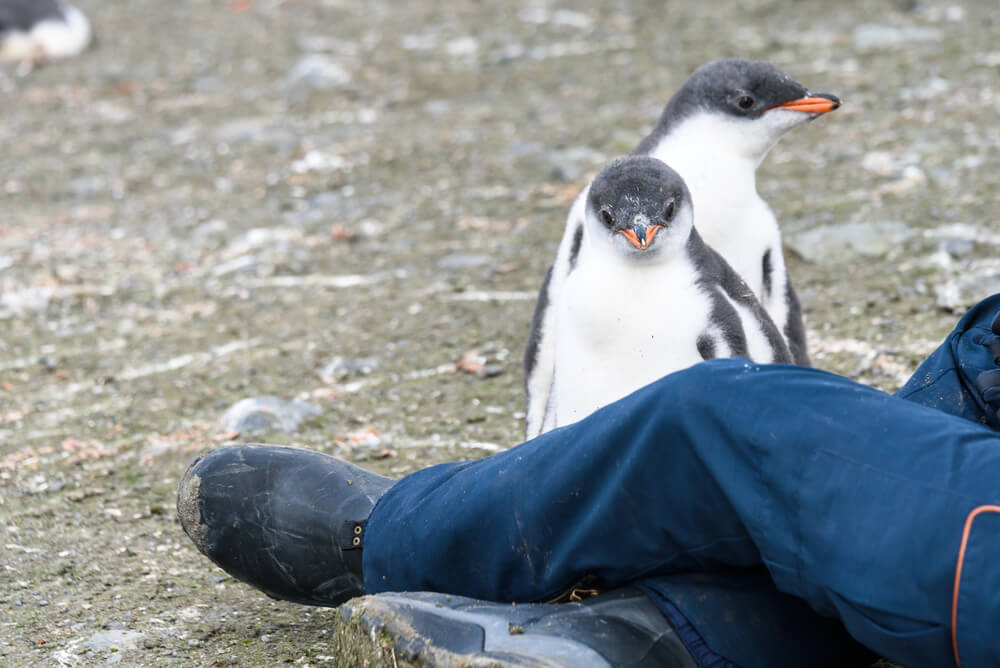
My latest pair of Double layered boots got worn out fast. I understand that the boots are going to be trialled in the most challenging and testing conditions on Earth.
But for the amount of money spent on the boots, one figures that they would last more than a few short tours before showing signs of needing replacement.
Most of my boots have done over a thousand kilometers on one expedition, and most of them usually keep coming back time and time again for more.
The biggest flaw for double-layered boots
Unfortunately, the most significant fault in my current double-layer boot lies in the outer boot. Mine have started to develop actual holes in the material.
So not ideal. But when going to Antarctica, you want to sort out these issues before you get there because once there, there aren’t many large shopping centers that you can quickly duck in to get a replacement pair of expedition boots.
These latest cold weather boots were advertised to last for generations.
Unfortunately for me, even testing these boots out prior to Antarctica in Greenland ironically didn’t show any corrosion, still it wasn’t enough testing and trialing.
Another visible downside is that my latest double layered boots are starting to crease in a few places.
I’ve lost my confidence in them and I’m not sure how well these are going to last which is the last thing you want to think about in sub zero conditions.
Wrapping up
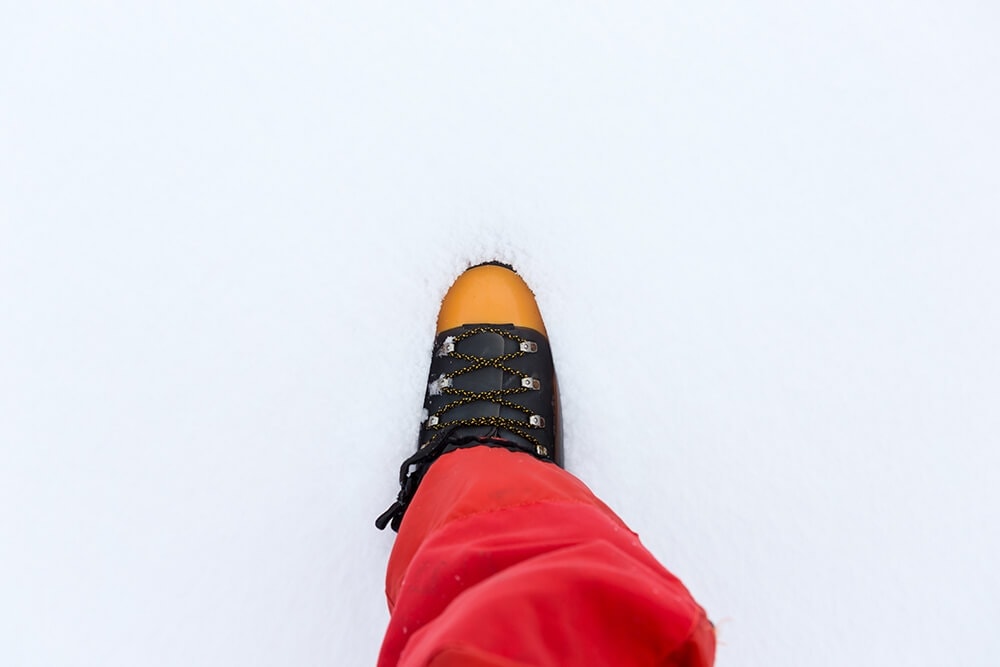
I hope this article helped you get a better understanding of what boots you’ll want to look at for your packing list if you are deciding on going to trek in Antarctica.
Remember it’s important before you fly or cargo your way out to the big freeze to make sure your boots have gone through rigorous testing before Mother Earth tests them.

